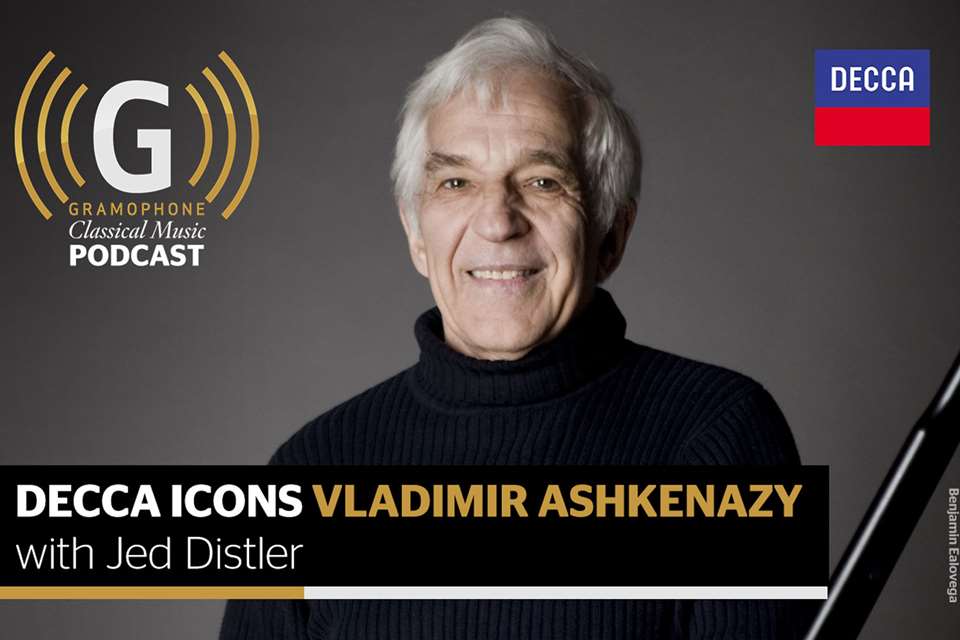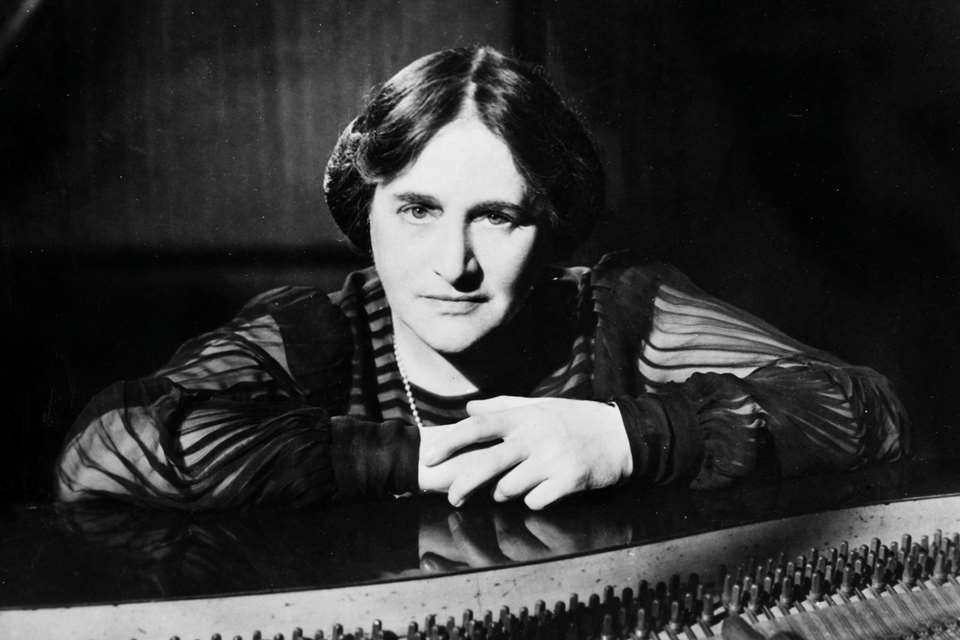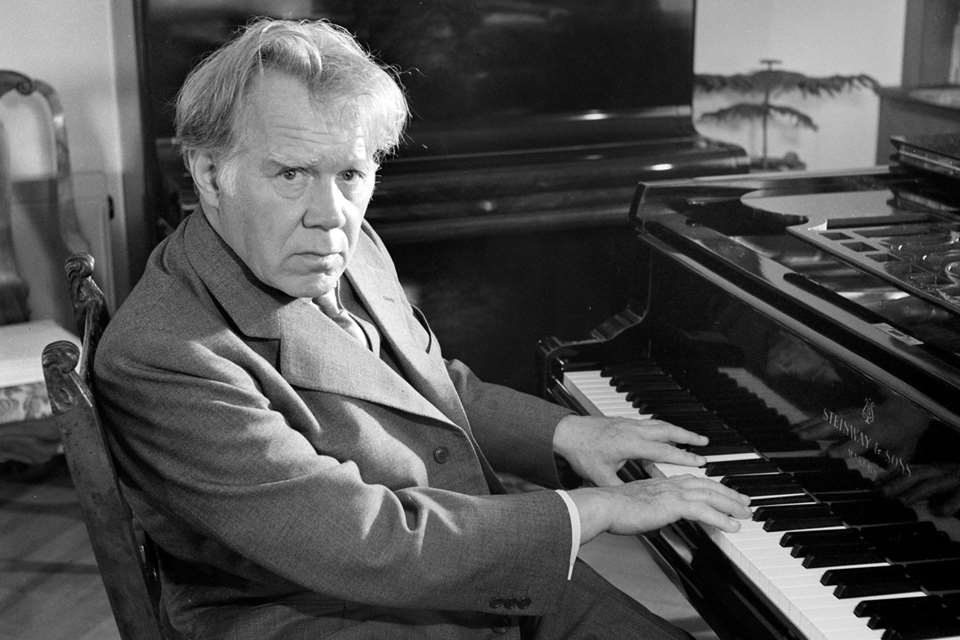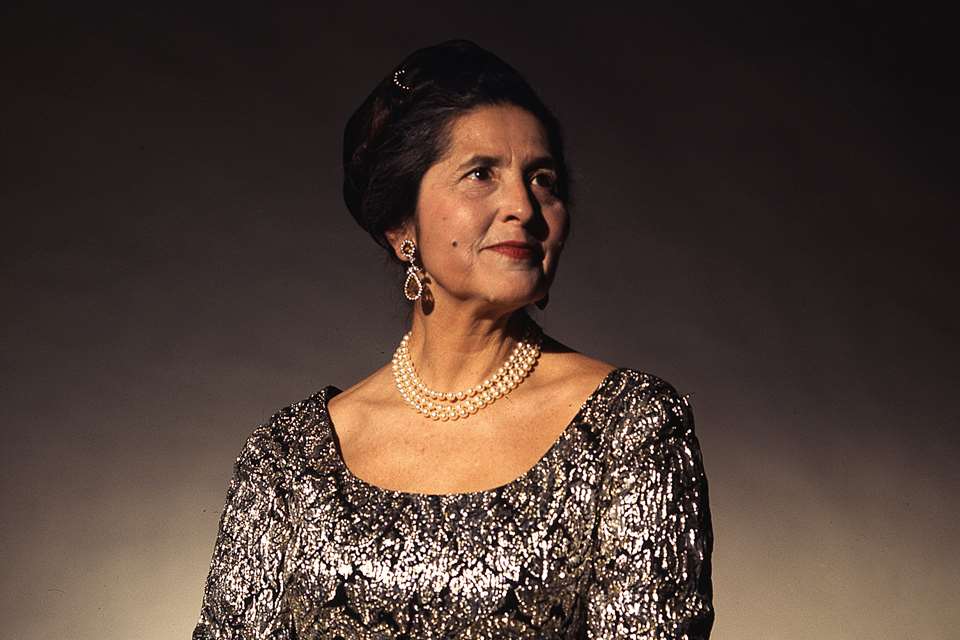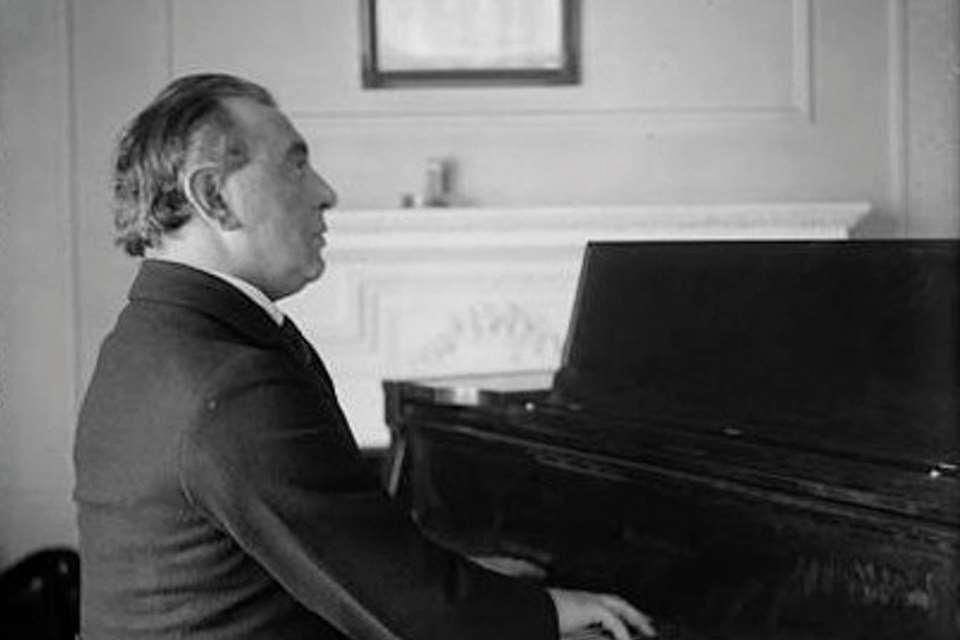Icon: Josef Lhevinne
Stephen Cera
Monday, February 12, 2024
Stephen Cera celebrates this great pianist of the era of Russian Romanticism, taking his relatively few recordings and exploring them to reveal what makes his playing so special
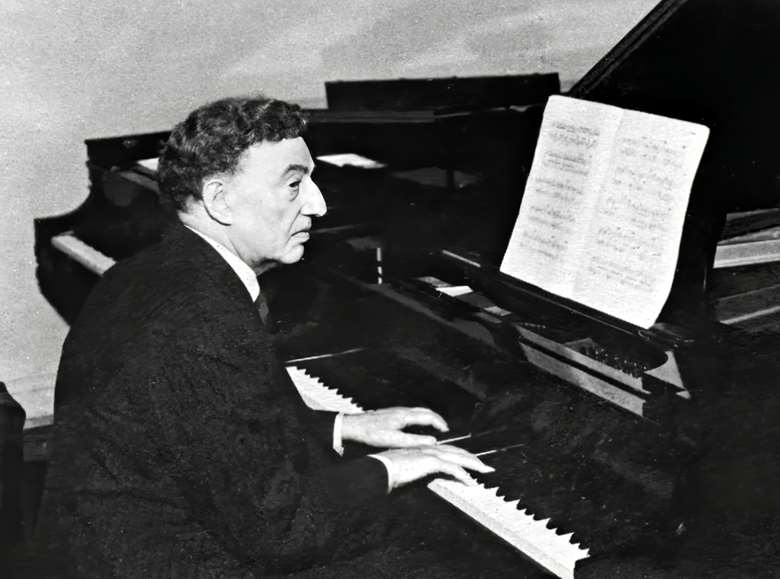
Register now to continue reading
Thanks for exploring the Gramophone website. Sign up for a free account today to enjoy the following benefits:
- Free access to 3 subscriber-only articles per month
- Unlimited access to our news, podcasts and awards pages
- Free weekly email newsletter




